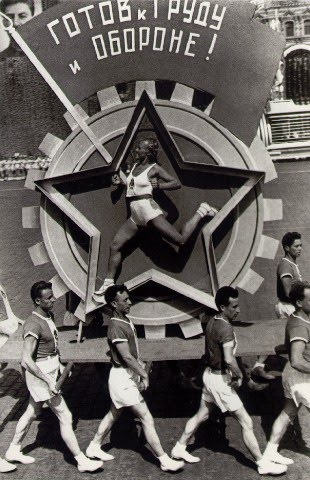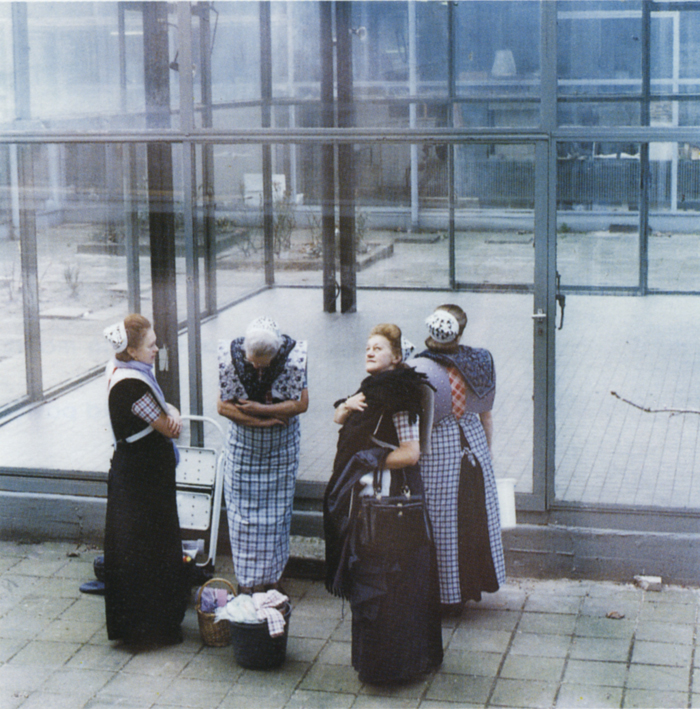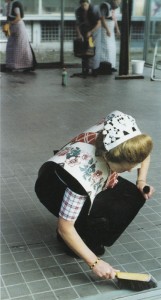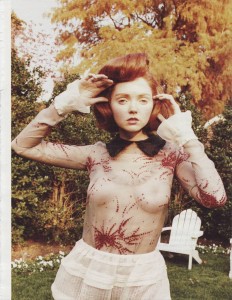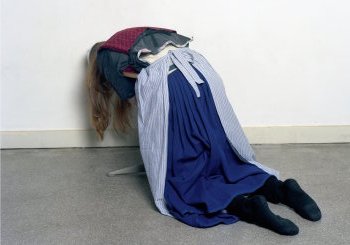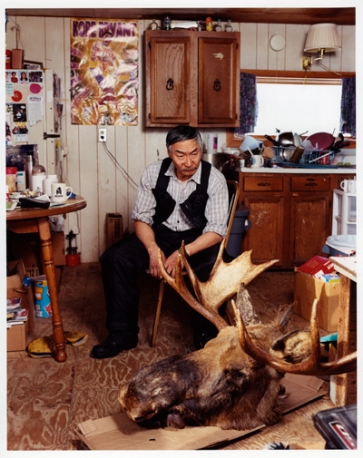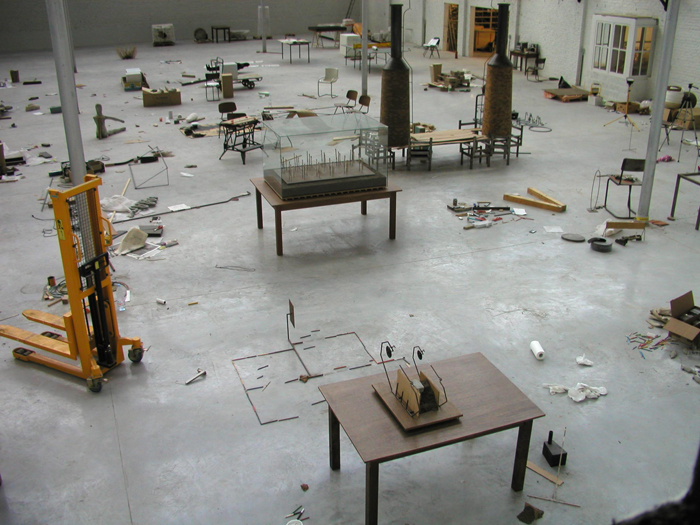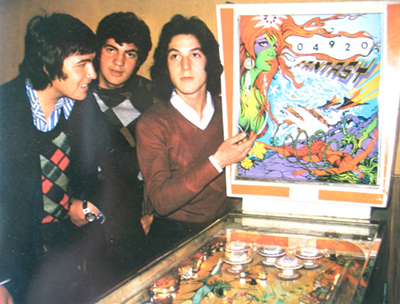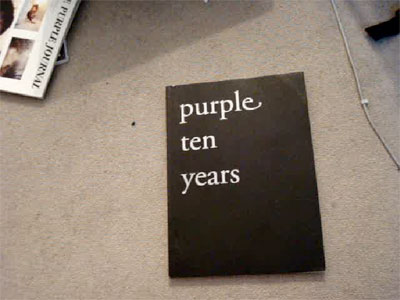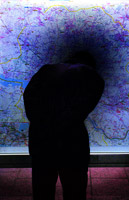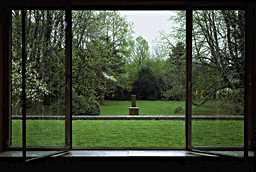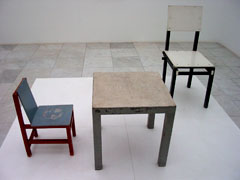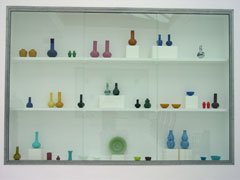Rodchenko is een constructivist, behoort tot de Russische avant garde. Zij hebben ontzag voor machines en architectuur.
Rodchenko begon zijn carrière als kunstenaar met abstracte schilderijen, daarna ontwikkelde zich dit tot grafische vormgeving en vervolgens fotografie. Door dat hij dit allemaal gedaan heb zie je zijn kennis en talent. Deze bijzondere veranderingen in zijn vakgebied zijn te verklaren aan de hand van zijn werk. Zo is er in zijn constructivistische schilderijen als in zijn grafische collages en fotografie een duidelijk oog voor ruimte en communicatie tussen vlak en lijn zichtbaar.
Door dat hij dit allemaal gedaan heeft zie je zijn kennis en talent. Dankzij zijn veelzijdigheid en het feit dat hij zowel autonoom en vrij toegepast kan werken. En bovendien gebruikt hij zijn talent.
Rodchenko heeft fantasie en een persoonlijk fotografisch oog. In de tentoonstelling in het foam komt dat vooral naar buiten bij de atletiek serie. Door de hoeken die hij kiest word het een beetje surrealistisch en tegelijkertijd is het een prachtig momentopname. Je begrijpt misschien wat ik bedoel als je de foto hier boven ziet. Kale Russische mannen op gymschoenen met heel korte broekjes, en een geweer.
Als hij dit recht van voor had gefotografeerd, werd dit veel serieuzer genomen.
Hij is in dienst van de Sovjet Unie, maar toch heeft hij nog steeds oog voor de absurde taferelen. Hij verpakt deze absurditeit in een voor de Sovjet Unie acceptabele vorm.
Rodchenko heeft fantasie en gevoel voor compositie.
Wat ik echt heel fijn vind aan de voorstelling is, is dat je het plezier in zijn werk kan terug zien. Iets wat ik trouwens miste bij van Doesburg in Leiden en Lissitsky in Eindhoven.
Omdat ik vorig jaar fotografie heb gestudeerd weet ik dat er een soort regels in de fotografie zijn, waar je rekening mee moet houden. Rodchenko heeft dat niet gedaan. Ik vind dat erg fijn, want dat zorgt voor meer vrijheid en meer mogelijkheden.
Mensen hun voeten zijn van de foto afgesneden en sommige gebouwen worden uit hoeken gefotografeerd als of iemand de foto heeft gemaakt die net een beetje bezig is met de fotografie en is wat anders wil doen, zogenaamd iets orgineels wilt proberen.
Ik heb opgezocht dat hij de gebouwen zo fotografeert, omdat hij ze wilt laten zien van alle kanten, op een meer ruimtelijke manier.
Toch hoop ik dat hij de voeten er onderbewust er af heeft gelaten. Want dat betekend dat er minder denken aan te pas is gekomen, het is dan natuurlijker het komt uit het gevoel en het gaat dan meer op de actie zelf.
Dan moet ik gelijk aan zijn collages denken, ze zijn soms heel simpel, maar ze werken heel goed op de een of andere manier.
Ik merkte aan zijn foto’s ook maar weer hoe belangrijk het wel niet is om je eigen foto’s af te drukken. Het contrast of de lichtheid, maakt soms echt zijn foto. Zonder dat waren ze misschien wel te normaal geweest.
